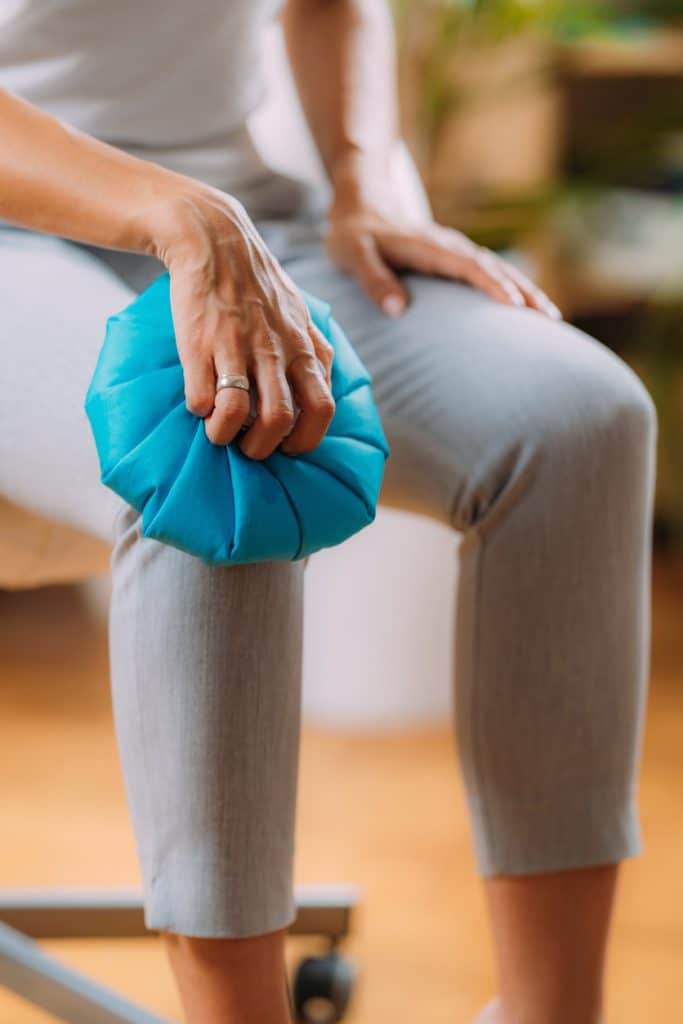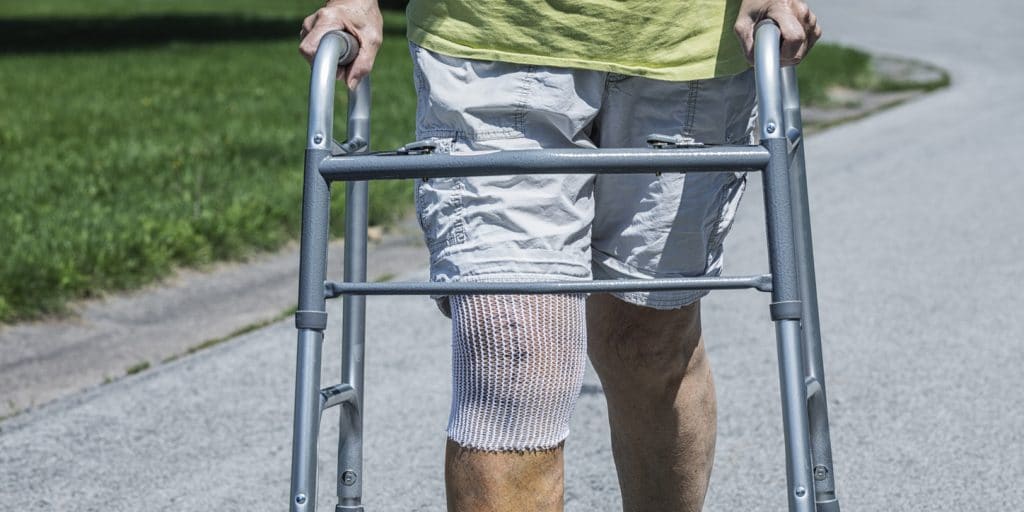Do All ACL Tears Require Surgery?
ACL tear surgery repairs or replaces an injured anterior cruciate ligament, which is the band of soft tissue that runs down the middle of the knee and connects your thighbone (femur) to your shinbone (tibia). Partially torn ACLs may not need surgery, but completely torn ACLs cannot heal on their own and require surgical repair or replacement.
ACL tears are particularly common in athletes whose activities require them to stop suddenly and cut or pivot — as in sports like soccer, tennis, basketball, and football. With a torn ACL, your knee feels unstable, and trying to play on a torn ACL is likely to cause damage to additional areas of the knee, such as the meniscus.

Long-Term Effects of ACL Tears Without Surgery
If you are active or play competitive sports, surgery is necessary to return fully to your activity of choice. For older or less active individuals, nonsurgical treatments may be sufficient for living day-to-day life despite a torn ACL.
For children who are still growing, ACL tear surgery may damage their growth plates. Sometimes families decide to delay surgery until their child is closer to skeletal maturity. Or the surgeon may modify their technique to accommodate still-growing bones.
ACL Reconstruction Surgery
With a fully ruptured ACL, the torn ligament is typically entirely replaced by a graft. The graft is taken from the hamstring, quadriceps, or patellar tendon of your body (an autograft) or a donor (an allograft). Repairing the torn ligament by simply suturing it back together is more likely to fail over time.
While surgery is necessary for athletes with complete ACL tears, it is typically not scheduled immediately. Physical therapy is integral for preparation for surgery. It lessens inflammation, strengthens your knee, increases flexibility and range of motion, and allows surrounding ligaments to heal. Work with your sports medicine doctor to determine the appropriate time for your surgery. It may be several months down the road.
Patients who have surgery without completing the physical therapy prescribed by their orthopedic knee surgeon often have difficulty regaining full range of motion.
Surgery for Torn ACL
ACL reconstruction surgery is generally an outpatient procedure, meaning you will not spend the night in the hospital.

Surgery is performed under local or general anesthesia or under the numbing effects of an epidural nerve block. As the anesthesia’s pain-relieving effects begin to take hold, your surgeon does a final examination to verify the injury, its extent, and any other issues that need to be addressed.
ACL tear surgery is an arthroscopic procedure in which small incisions (portals) are made around the knee joint. An arthroscopic camera is passed through these portals to examine the knee. The surgeon uses small instruments within the knee to repair any existing surrounding injuries and remove the torn ACL.
They then attach the graft to plugs of bone taken from the kneecap and tibia and insert the new ACL into the femur and tibia using a guide wire. Your orthopedic knee surgeon identifies these insertion points based on your specific anatomy. Screws, posts, or staples hold the graft in place long-term and remain in the body permanently.
Before considering the surgery complete, the surgeon verifies that the graft is stable, has proper tension, and has a good range of motion. The incisions are then closed and dressed.
ACL Surgery Recovery
It’s normal for your knee to hurt after ACL surgery, and medication is often used to help reduce knee pain so you can use your knee and begin to recover. Non-steroidal anti-inflammatory drugs (NSAIDs) like aspirin, ibuprofen, or naproxen, and/or local anesthetics can help minimize pain.
Sometimes a short course of opioids will be used—however, they are narcotics and highly addictive. Stop taking them as soon as your pain improves, generally within a few days of surgery.
Knee Surgery Recovery Time

Initially, focus primarily on caring for the incision sites and working to straighten your knee. Ice and elevate your knee regularly to reduce swelling and pain. Wear a knee brace and use crutches as you regain balance, strength, and range of motion.
Physical therapy is an integral part of healing from ACL surgery. Not only will you train your knee, but you’ll also focus on the mobility and strength of your quadriceps and hamstring. These muscles are essential for regaining balance and overall strength, which usually takes 4 to six 6. Follow the recommendations of your orthopedic knee specialist to the letter for the best long-term results.
Returning to Sports After ACL Surgery
While recovery time varies from patient to patient, it generally takes 6 months to a year to be cleared to participate in sports.
Athletes should continue to wear their knee braces as they return to their sport. This is especially important for those who participate in contact sports or sports with quick stop-and-pivot motions. Complete healing can take up to 2 years.
Arthroscopic Knee Surgery
Arthroscopic ACL surgery is considered safe and low risk. As with any surgical procedure, however, complications can occur.
Be aware of excessive redness, swelling, or heat in the area that could indicate an infection. Talk to your doctor if the wound continues to bleed or if you experience extended numbness in the area.
Some patients struggle to regain stability and flexibility in their reconstructed ACLs. Check in with your orthopedic knee surgeon if you feel unstable or stiff in the coming months.
Healing torn ACLs, no matter what the tear’s severity, is time-consuming and requires effort. Because the prevalence of osteoarthritis is three times higher in ACL-reconstructed knees than that of healthy knees, preventing knee injuries is key.
If you’d like to talk to an orthopedic knee specialist about proper techniques to keep your knees healthy or if you have a knee injury needing attention, please contact us.
Leave a Reply